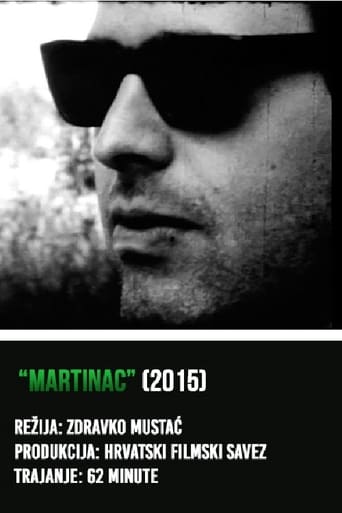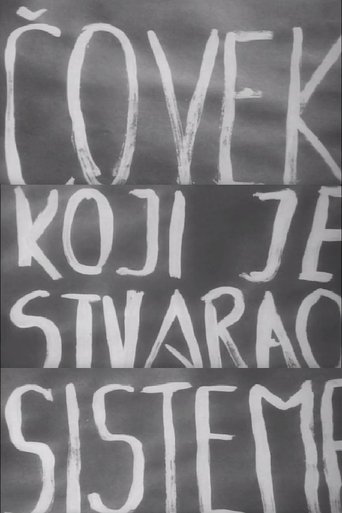
Jovan Jovanović
Jovan Jovanović was born in Belgrade on May 31, 1940. He graduated directing from the Academy for Theater, Film, Radio and Television with the medium-length feature film Distinctly Me (1967), which was declared the best film in all categories at the Young Authors Festival in New York (the jury included, among others, Steven Spielberg, Andy Warhol, Mike Nichols, Peter Bogdanovich). His documentary feature film Kolt 15 GAP (1971) was awarded at the festivals in Oberhausen, Utrecht, Belgrade, was included in the Anthology of Films of the Oberhausen Festival, and the American film historian Barnau included it in his book "History of the World documentary".
- Title: Jovan Jovanović
- Popularity: 0.2329
- Known For: Directing
- Birthday: 1940-05-31
- Place of Birth: Belgrade, Serbia, Yugoslavia
- Homepage:
- Also Known As: Joca Jovanović
















